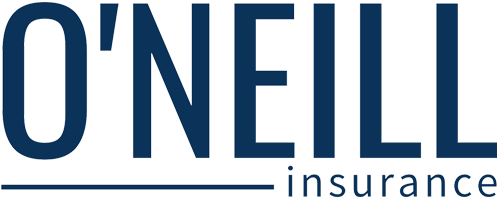
Each year, the Kaiser Family Foundation and the Health Research & Educational Trust conduct a survey to examine employer-sponsored health benefit trends.
Here’s a few of the main points from the 2019 survey, in addition to a few suggestions for how they could impact employers.
Health Insurance Premiums
In 2019, the average premium rose 4% for single coverage and 5% for family coverage.
The average premiums were $7,188 and $20,576 respectively.
However, premiums for high deductible health plans with a savings option (HDHP/SOs) were noticeably lower than the average premiums.
HDHP/SOs’ annual premiums for single and family coverage were $6,412 and $18,980, respectively.
Employer Contributions
The average worker contribution toward the premium was 18% for single coverage and 30% for family coverage.
Although, employees at organizations with a high percentage of low-wage workers (where 35% make $25,000 or less annually) made above-average contributions – 19% and 41% of the premium for single coverage and family coverage, respectively.
In terms of dollar amounts, workers contributed $1,242 and $6,015 toward their premiums for single coverage and family coverage, respectively.
Workers enrolled in HDHP/SOs contributed less on average, paying $1,072 for single coverage and $4,886 for family coverage.
What are the Most Common Plan Types for 2019
The following were the most common plan types in 2019:
- Preferred provider organizations (PPOs) – 44% of workers covered
- HDHP/SOs – 30% of workers covered
- Health maintenance organizations (HMOs) – 19% of workers covered
- Point-of-service (POS) plans – 7% of workers covered
PPO enrollment has decreased by 14% over the last five years, and enrollment in HDHP/SOs has risen by 10% over the sme period.
Employee Cost Sharing
Most employees pay a share of their health care costs, and the average deductible for all workers was $1,655 in 2019.
Over the past five years, the average annual deductible has increased 36%.
The prevalence of HDHP/SOs has contributed to the increase of deductible amounts.
The percentage of covered workers with a general deductible of $2,000 or greater has increased from 18% to 28% in the last five years.
Beyond deductibles, the vast majority of employees cover some portion of the costs from their health care services.
For example, 66% of covered employees have coinsurance and 14% have a copay for hospital admissions.
In addition, nearly all employees are covered by a plan with an out-of-pocket maximum (OOPM), but the costs vary considerably.
Among covered employees with single coverage, 12% have an OOPM of less than $2,000, and 20% have an OOPM of $6,000 or more.
Availability of Employer-Sponsored Coverage
Similar to the last 5 years, employers offer health benefits to at least some workers. Only 47% of very small employers (three to nine employees) offer benefits, while nearly every large employer (1,000 or more employees) offers coverage.
Health and Wellness Promotion Programs
Wellness programs help employees improve their lifestyles and avoid unhealthy habits.
50% of small and 84% of large employers offer at least one wellness program.
Of these large employers, 41% offer participation incentives like gift cards or merchandise.
Programs vary in topic and include subjects like smoking cessation, weight management and lifestyle coaching.
Telemedicine
More than two-thirds of employers with 50 or more workers have embraced telemedicine, with 69% offering health care services through this method.
Of these employers, 48% offer financial incentives to receive health care services this way, opposed to an in-person physician visit.
Self-Funding
Similar to the previous year, 17% of workers with small employers are elected in plans either partially or entirely self-funded, compared to 80% of workers with large employers.
In the past few years, level-funded plans have become more popular.
Level-funded plans are health plans provided by insurers that include a nominally self-funded option for small or mid-sized employers that incorporates stop-loss insurance with relatively low attachment points.
Of the employers with fewer than 200 workers, 7% reported that they had a level-funded plan.
In Closing
This year continues a period of a stable market, characterized by relatively low-cost growth for employer-sponsored coverage.
While premium growth continues to exceed earnings and inflation increases, the differences are moderately small.
Additionally, while there have been some changes in terms of employer-sponsored health benefits, no trends have gained significant traction.
The recent trend of raising deductibles to offset premium increases is popular, but its growth has slowed.
A reason for the slowed growth is that health benefits are a highly effective attraction and retention tool, especially in a strong economy and tight labor market, and employers want to recruit and retain top talent.
Looking forward, employers should begin to identify tools and resources they can use to offset higher premium growth.
As costs continue to rise and possible political changes ensue, employers and employees may begin to see increased market movement.
Have questions around benefit offerings or what you can do to control your health care costs?
Contact us today!

